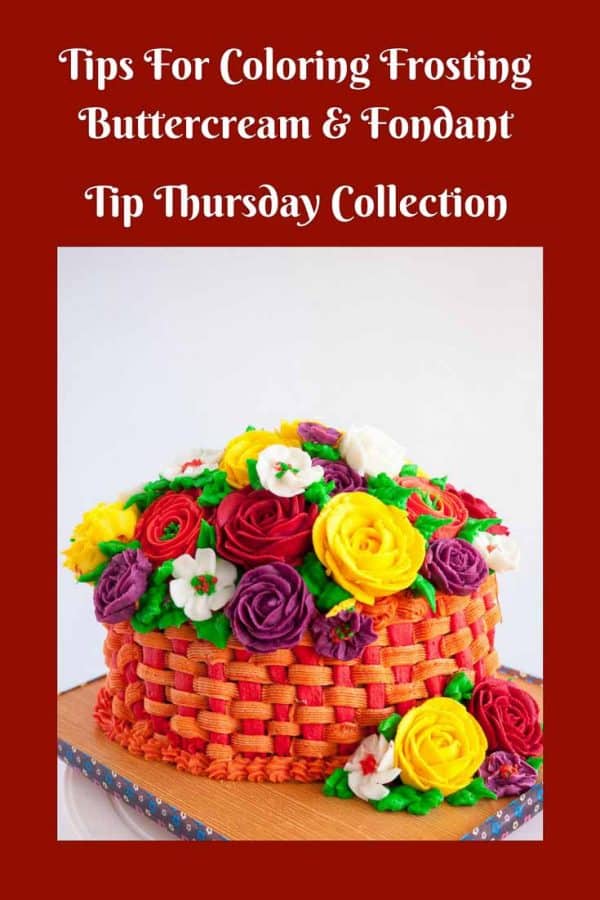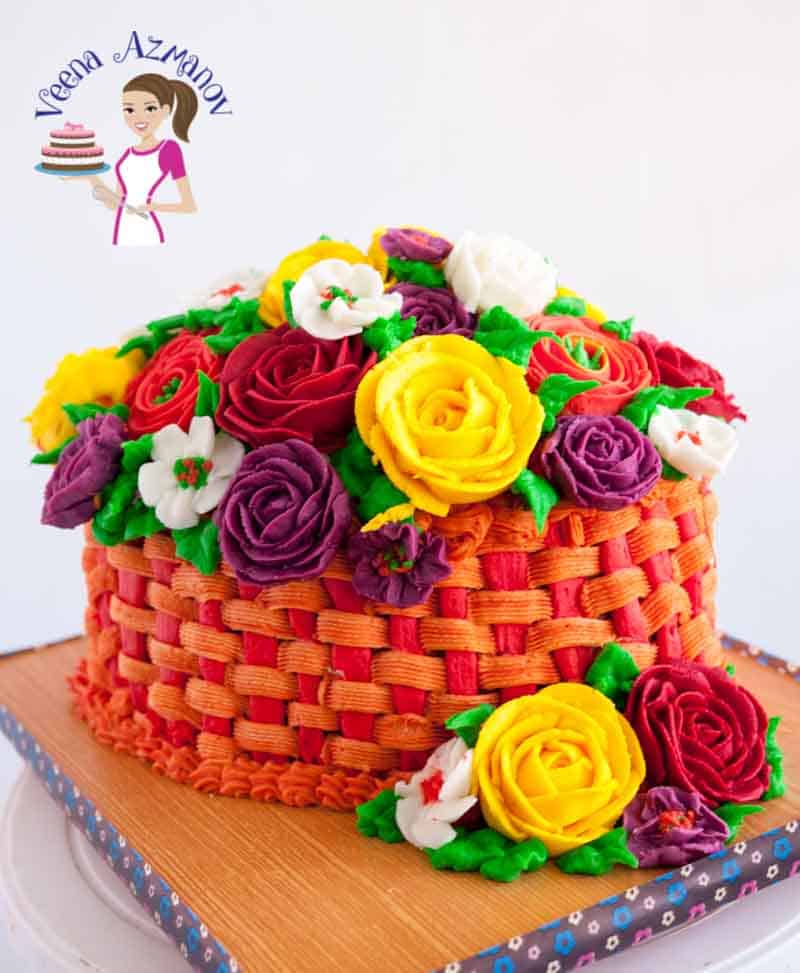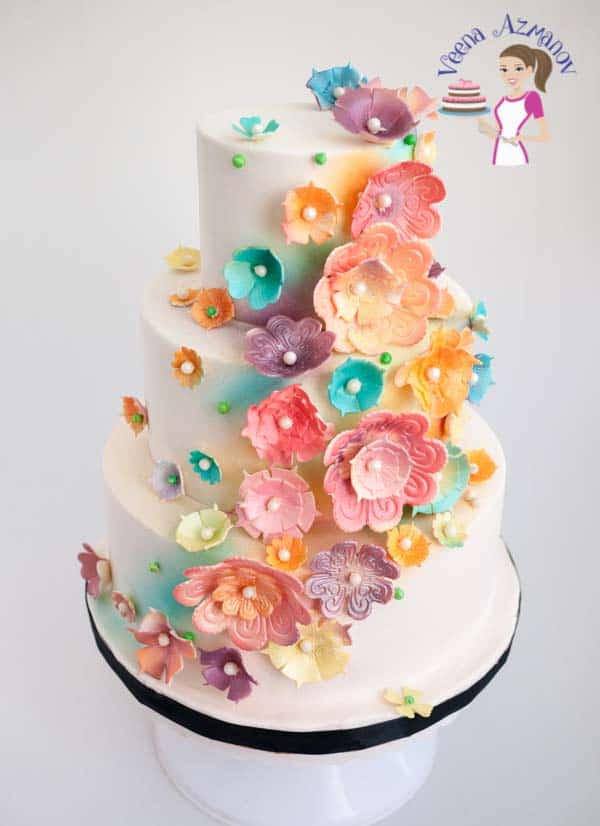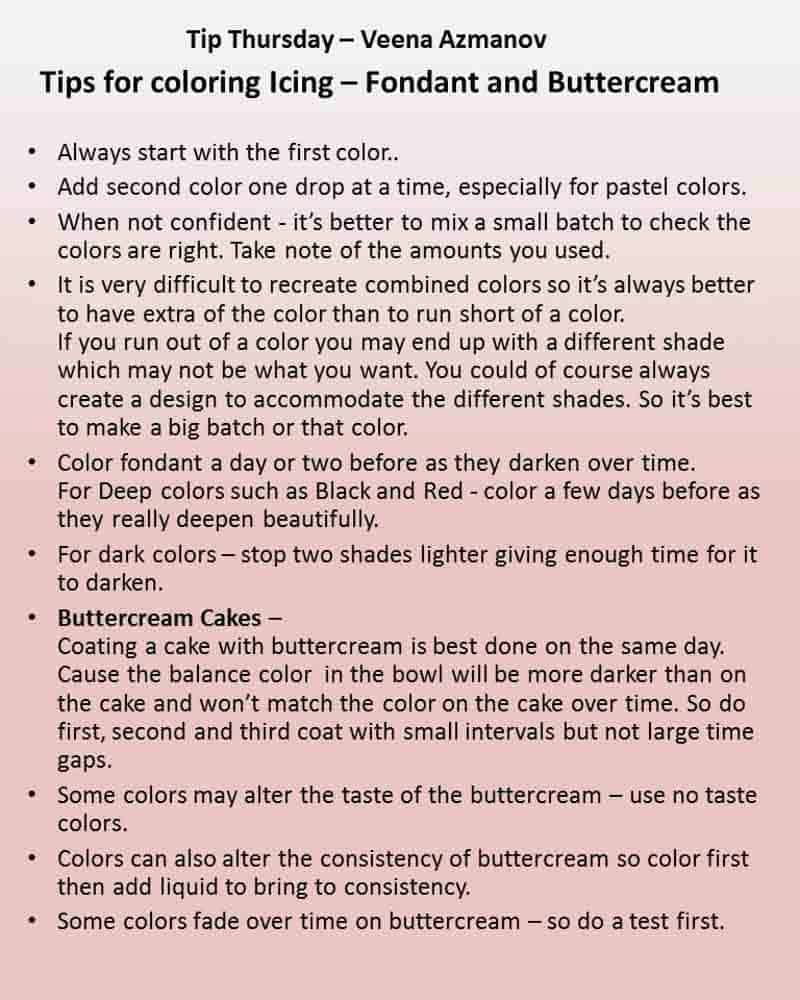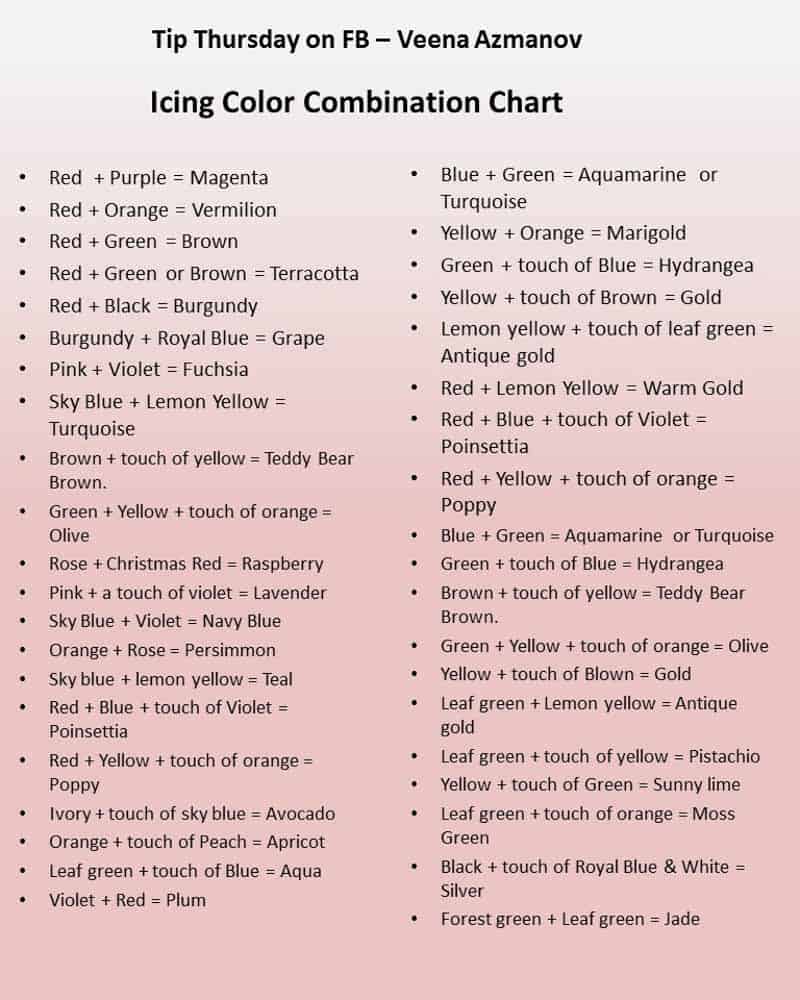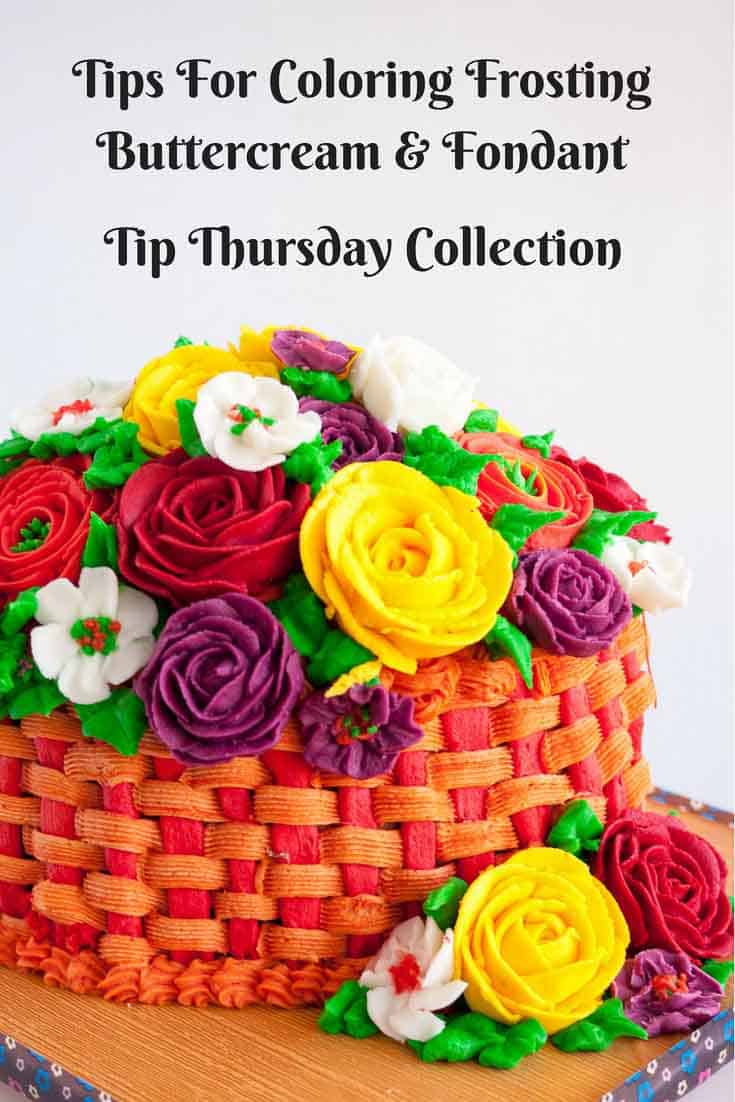Frosting is like the ultimate accessory for your baked goods, adding both flavor and flair. But when it comes to making a statement, colored frosting is where it’s at! Whether you’re aiming for a subtle pastel palette or a bold, vibrant hue, colored frosting can transform your treats into edible works of art. Imagine a simple cupcake elevated with a swirl of soft pink frosting, or a classic sugar cookie adorned with a burst of rainbow colors. With colored frosting, the possibilities are endless, and your edible creations are sure to dazzle and delight!
Why color your own frosting?
Customization: Making your own colored frosting allows you to create custom shades that perfectly match your vision or theme, giving your treats a unique and personal touch. Quality Ingredients: When you make your own frosting, you have control over the quality of the ingredients. You can choose to use organic, natural, or high-quality ingredients, ensuring a better overall taste and texture. Freshness: Homemade frosting is always fresher than store-bought options, which may have been sitting on shelves for an extended period. Fresh frosting tends to have a smoother texture and more vibrant color. Cost-Effective: Making your own colored frosting can be more cost-effective, especially if you already have basic ingredients like butter, powdered sugar, and food coloring on hand. It can also be more economical when making large batches or multiple colors. Custom Consistency: Homemade frosting allows you to control the consistency, whether you prefer a thick, pipeable frosting for decorating or a thinner glaze for spreading. You can adjust the consistency by adding more liquid or powdered sugar as needed. Fun and Creative: Making your own colored frosting can be a fun and creative activity, especially for kids. You can experiment with different colors, techniques, and designs, making the baking process even more enjoyable and rewarding.
Icing color combinations
Red + Purple = Magenta or Red + Orange = Vermilion and Red + Green = Brown also Red + Green or Brown = Terracotta Red + Black = Burgundy Burgundy + Royal Blue = Grape Pink + Violet = Fuchsia Sky Blue + Lemon Yellow = Turquoise Brown + touch of yellow = Teddy Bear Brown. Green + Yellow + touch of orange = Olive Rose + Christmas Red = Raspberry Pink + a touch of violet = Lavender Sky Blue + Violet = Navy Blue Orange + Rose = Persimmon Sky blue + lemon yellow = Teal Red + Blue + touch of Violet = Poinsettia or Red + Yellow + touch of orange = Poppy Ivory + touch of sky blue = Avocado Orange + touch of Peach = Apricot Leaf green + touch of Blue = Aqua Violet + Red = Plum Blue + Green = Aquamarine or Turquoise Yellow + Orange = Marigold Green + touch of Blue = Hydrangea Yellow + touch of Brown = Gold Lemon yellow + touch of leaf green = Antique gold Red + Lemon Yellow = Warm Gold or Red + Blue + touch of Violet = Poinsettia Red + Yellow + touch of orange = Poppy Blue + Green = Aquamarine or Turquoise Green + touch of Blue = Hydrangea Brown + touch of yellow = Teddy Bear Brown. Green + Yellow + touch of orange = Olive Yellow + touch of Blown = Gold Leaf green + Lemon yellow = Antique gold or Leaf green + touch of yellow = Pistachio Yellow + touch of Green = Sunny Lime Leaf green + touch of orange = Moss Green Black + touch of Royal Blue & White = Silver Forest green + Leaf green = Jade
Tips for coloring buttercream frosting
Coloring buttercream frosting can be a fun and creative process. Here are some tips to help you achieve the perfect colored frosting:
Start with White: Begin with a batch of white buttercream frosting. This will give you a blank canvas to work with and ensure that the colors you add are true to the desired shade. Use Gel Food Coloring: Gel food coloring is more concentrated than liquid food coloring, so you’ll need less to achieve vibrant colors. It also won’t thin out your frosting as much as liquid food coloring. Add Color Gradually: Start by adding a small amount of food coloring to your frosting and mix well. You can always add more if you want a deeper color, but you can’t take it away once it’s mixed in. Mix Colors Carefully: If you’re mixing colors to create a custom shade, add a little of each color at a time and mix well between additions. This will help you achieve the exact color you’re looking for without overmixing the frosting. Use a Toothpick: If you’re using gel food coloring, dip a toothpick into the coloring and then into the frosting to add small amounts at a time. This will help you control the amount of color you’re adding. Let Colors Develop: Colors may deepen or develop over time, so let your colored frosting sit for a few minutes after mixing to see the final shade before adding more color. Store Extra Frosting: If you have leftover colored frosting, store it in an airtight container in the refrigerator. Bring it to room temperature and re-mix before using to ensure a smooth consistency and even color.
Tips for coloring fondant
Coloring fondant, also known as sugar paste, can be a great way to add vibrant colors to your cake decorating projects. Here are some tips to help you achieve the best results:
Use Gel or Paste Food Coloring: Gel or paste food coloring is preferred over liquid food coloring when coloring fondant. Gel and paste colors are more concentrated, which means you need less to achieve the desired color, and they won’t affect the consistency of the fondant as much. Knead Well: To ensure that the color is evenly distributed throughout the fondant, knead it well after adding the food coloring. This will help you achieve a uniform color. Start with a Small Amount: It’s easier to add more color to achieve a darker shade than it is to lighten the color if you add too much. Start with a small amount of food coloring and gradually add more until you reach the desired shade. Use Gloves: Food coloring can stain your hands, so it’s a good idea to wear gloves when kneading the fondant with the food coloring. Let the Color Develop: Colors can deepen or change slightly as the fondant sits, so let the colored fondant rest for a bit before using it to cover your cake or create decorations. Store Unused Fondant Properly: If you have leftover colored fondant, wrap it tightly in plastic wrap and store it in an airtight container to prevent it from drying out. Stored properly, fondant can last for several weeks. Mix Colors Carefully: If you need to create a custom color, start by mixing small amounts of different colored fondant together. Knead the fondant well to blend the colors, and add more as needed to achieve the desired shade.
Today’s Tip Thursday on Facebook Page. You can save more of my Tip Thursdays here on Pinterest Did you enjoy this article/tutorial? Please ⭐️⭐️⭐️⭐️⭐️ itDon’t forget to Save it for latter. You can also find a collection of my tutorials and recipes on Pinterest. Follow me on Facebook, Twitter, and Instagram for more. Of course, make sure to Subscribe to my blog to receive my tutorials, and recipes by email. Thank you for sharing - Save for later
